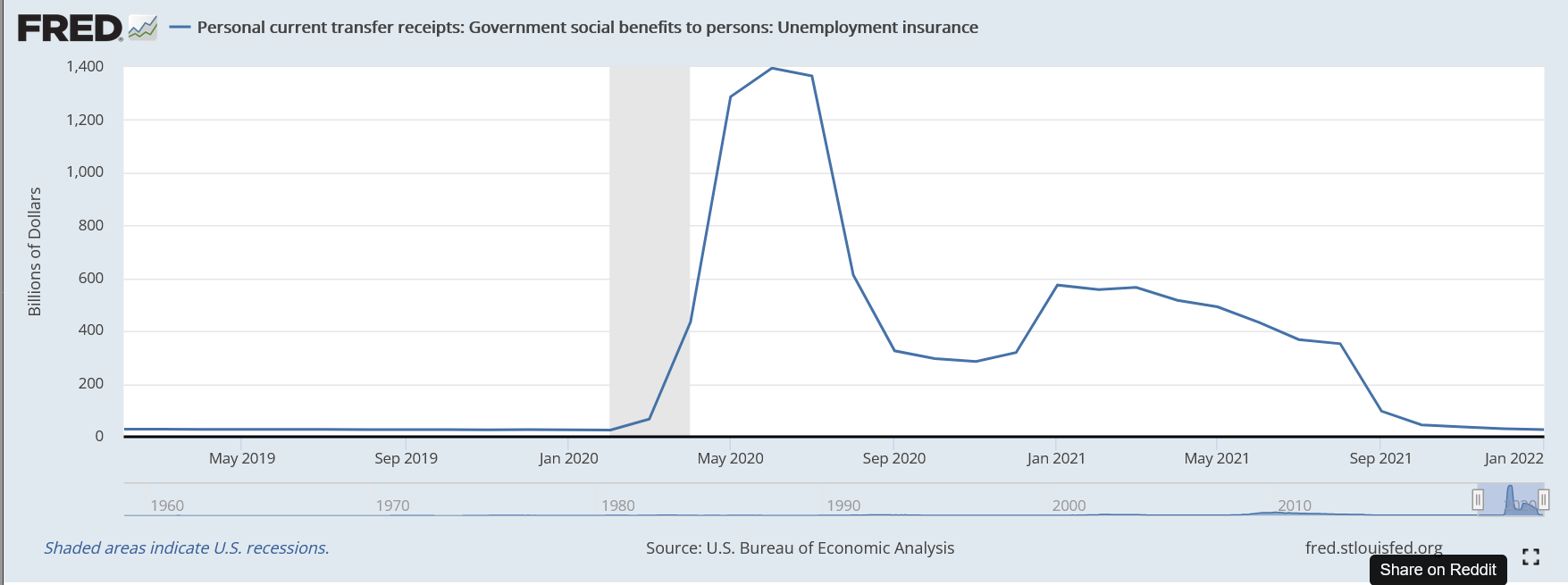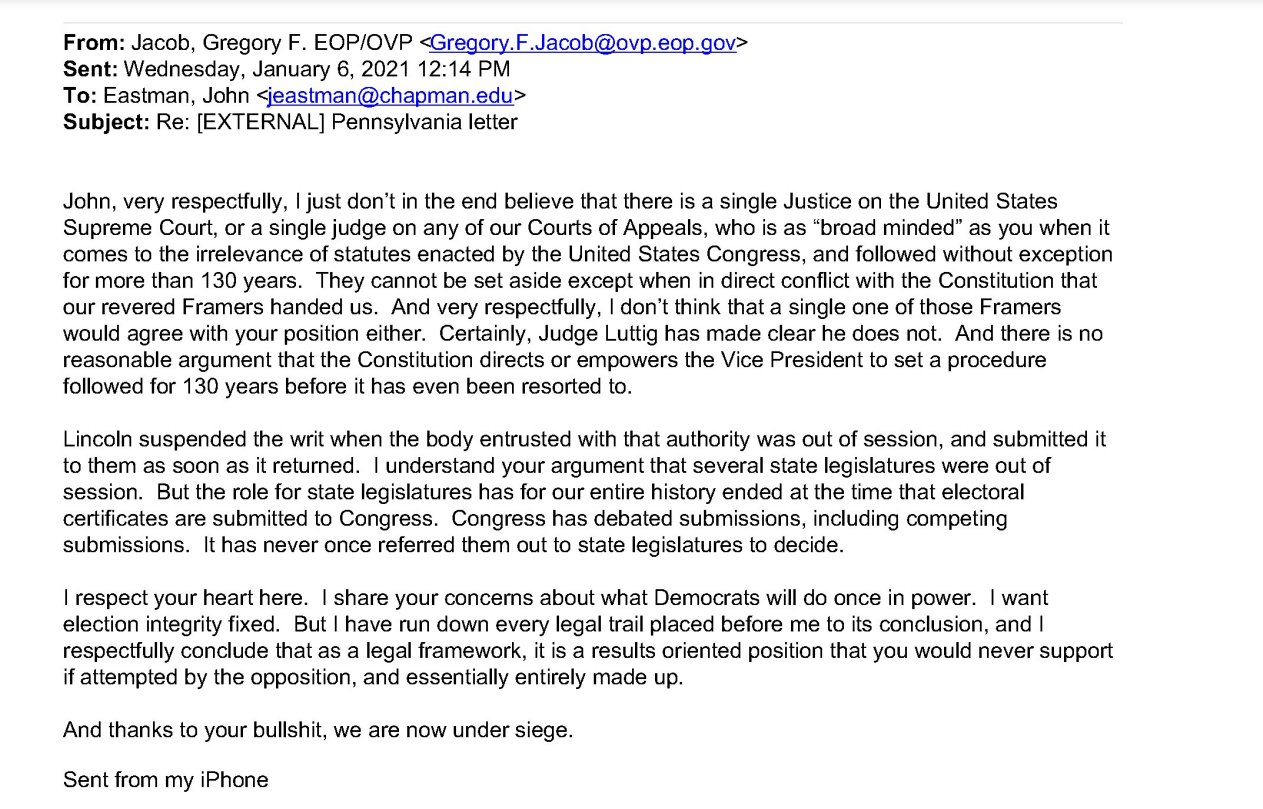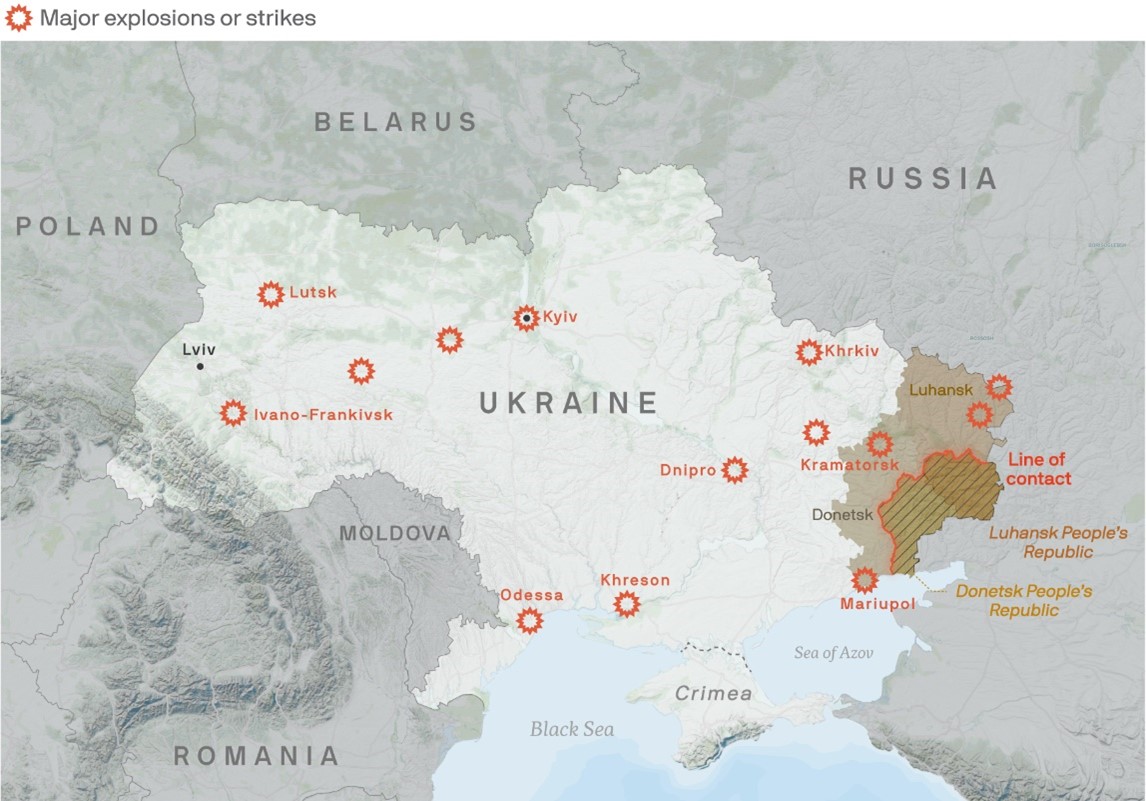The Daily Escape:

Watson Lake, near Prescott, AZ – February 2022 photo by Steve Matten
Last week, the Labor Department released its monthly Nonfarm payroll report. It showed strong hiring, and a substantial decrease in unemployment. Employment rose by 678,000 in February, the unemployment rate fell to 3.8%, wages rose by just 1 cent to $31.58 per hour, although wages have risen 5.1% over the past 12 months.
We still have 2.1 million fewer jobs (1.4%) than we had in February 2020 just before the start of the pandemic. At the average rate of jobs growth for the past 6 months, it’s about 4 more months before we get back to where we were. From Krugman:
“…what people are actually experiencing in their daily lives is a very strong job market. For example, according to the latest survey from the Conference Board, 53.8% of consumers said that jobs were “plentiful,” a near-record, while only 11.8% said that jobs were hard to get.”
More from Krugman:
“Yet the public doesn’t believe it. According to a new survey by Navigator Research, only 19% of Americans believe that the US economy is experiencing more job growth than usual, while 35% say that it is experiencing more job losses than usual.”
Pandemic unemployment peaked in April 2020 at 14.7%. Back then, Congress was afraid of the country entering another depression, or at best a recession similar to 2008. Congress decided to prop up the economy through a fiscal stimulus called the first CARES Act. Many politicians have talked about how the CARES Act was the financial jolt that has caused inflation to spike.
You probably didn’t realize just how large that unemployment aid was. When unemployment benefits were at their peak in June 2020, the government pushed $1.395 trillion dollars out to the unemployed. Here’s a chart from the St. Louis Fed that shows how fast and how high that cash injection into the economy moved:

Today, these unemployment payments have shrunk by 98% to $26.7 billion. So where in our economy did that $1.4 trillion go? It went primarily to goods purchased locally at Mom & Pop stores and supermarkets. It also went to the big box stores like Walmart, Costco, and Target. It went to Amazon and hundreds of online retailers. At the Mansion of Wrong, it also went to Peloton. And it went to online services, like Netflix and online education.
Americans spent less than usual on services, so we saw huge job losses in the services sector. Statista reports that we are still short 3.75 million jobs in the services sector and less than .5 million in manufacturing. Leisure and hospitality account for 1.38 million of the total, while losses in education, health services and government also remain high.
Much of today’s inflation is the result of this trillion-dollar unemployment stimulus. Barry Ritholtz interviewed Rebecca Patterson, Director of Investment Research at Bridgewater Associates. She described how the one-two punch of monetary and fiscal stimulus led to a “Demand Shock” where demand for durable goods overwhelmed what manufacturers could supply. She says that while global manufacturers ramped up production by 5% above pre-pandemic levels, demand for those same goods rose by 20%. This is a large part of the inflation spike we’re experiencing, and why the Fed has called it a “transitory” problem.
America’s response to the pandemic reminds us that the way our government responds to crises brings different impacts to different parts of our society.
The Federal Reserve’s expansionary monetary stimulus since 2008 has primarily benefited corporations and the well-off who could buy ever more expensive assets with very cheap money. Fiscal stimulus like the CARES Act and like the new infrastructure bill mostly benefit the bottom 50% of the country: low-wage labor, the unemployed, and the middle class.
So the economy is doing just fine for the top 10% and the upper middle class. But people who make minimum wage aren’t flying to Barcelona this year. They’re not eating at high-end restaurants. When they shop, it isn’t at boutiques. They continue to split financial hairs trying to figure out how to feed their kids and keep a roof over their heads, because rents are rising everywhere in the US and the price of food is going out of sight.
Add to this the interest rate hikes we know are coming, and things aren’t getting better for the lower middle class or people in poverty.
The discussion of the impact that fiscal stimulus had on our labor market isn’t finished. No one really knows why so many people haven’t returned to work, despite the roaring economy.
Time to wake up America! Some Americans are going through hard times. Clearly, people in Ukraine are facing terror that is much worse than here at home. Maybe this cover of Neil Young’s “Harvest Moon” by The Brothers Comatose with AJ Lee can bring a momentary comfort in this age of discomfort:
Watch it, you won’t be disappointed.












